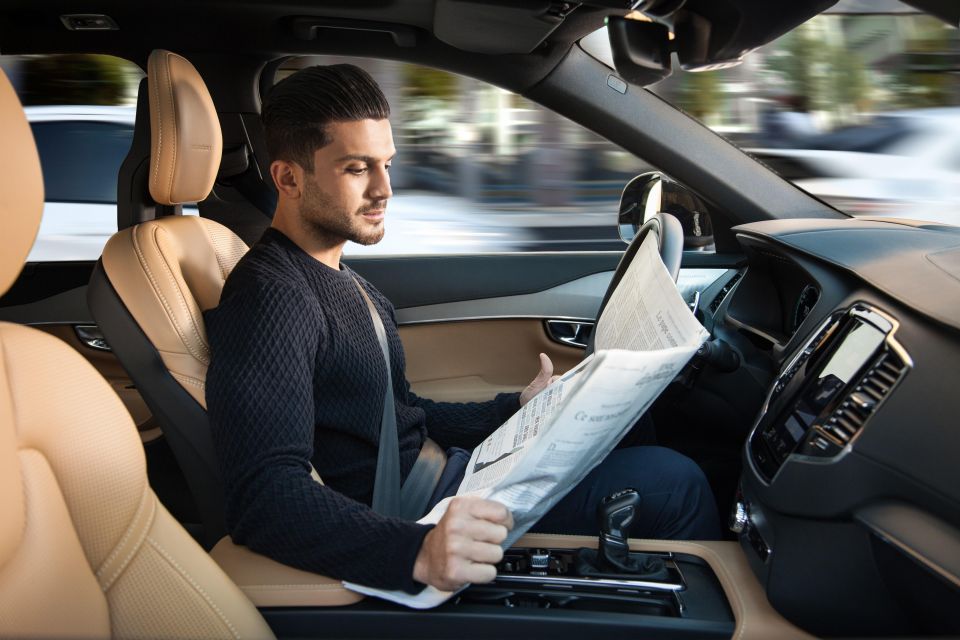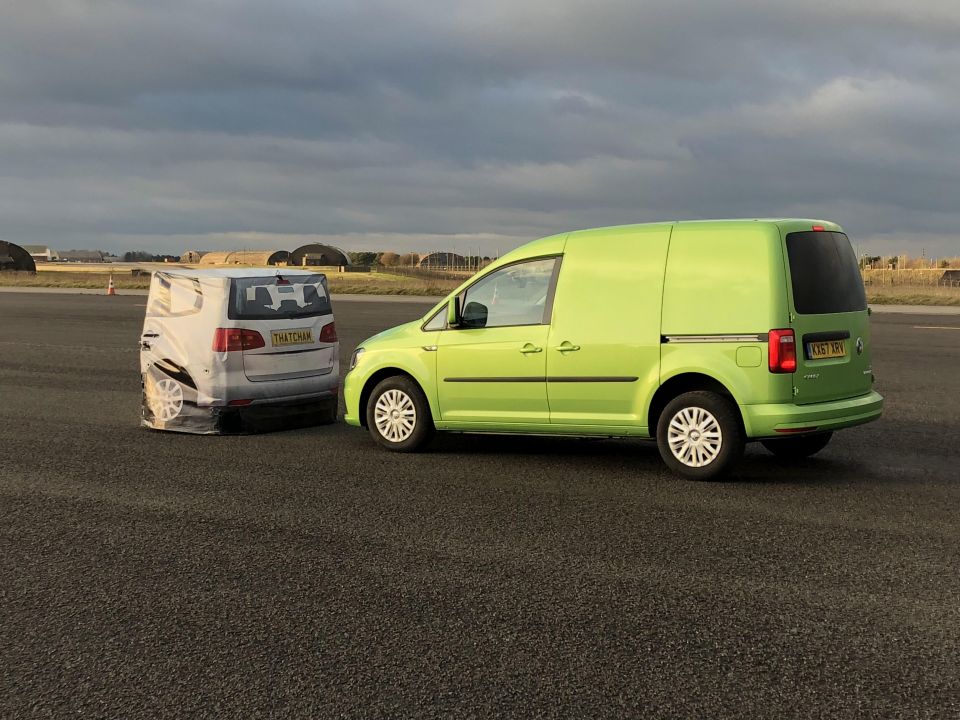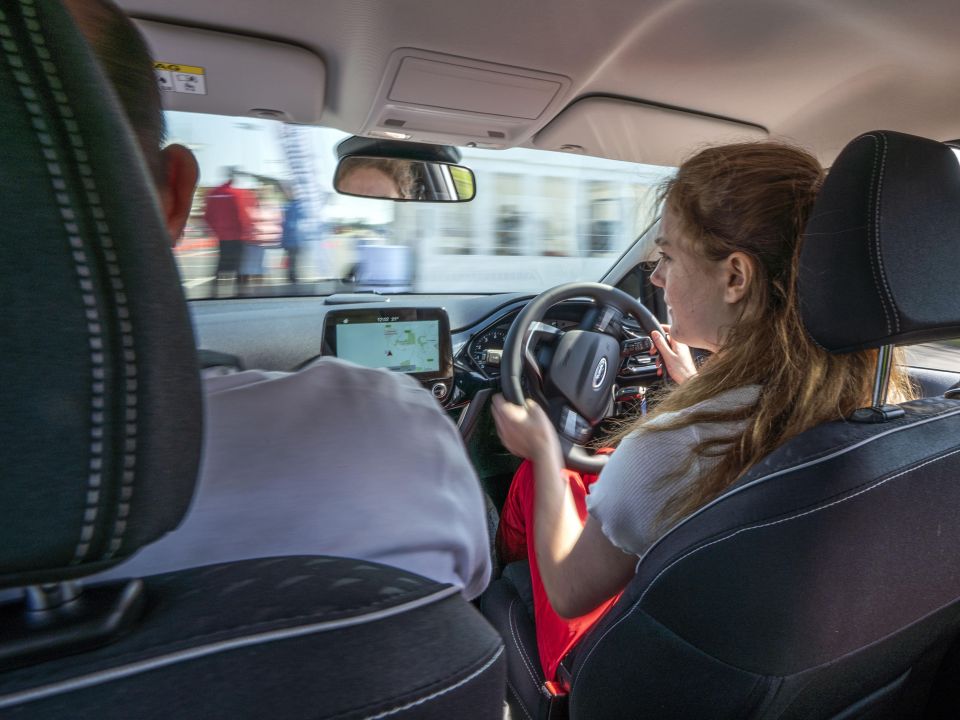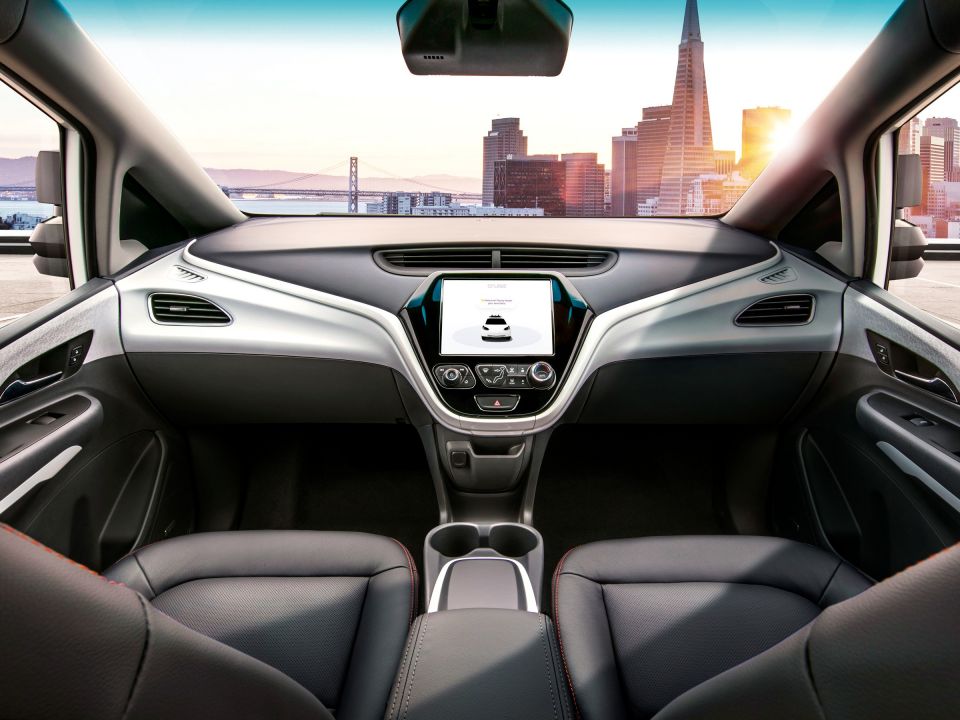

Shane O'Donoghue
2025 Nissan Ariya Nismo review: Quick drive
6 Days Ago
Automakers believe we're on the road to fully self-driving vehicles, but how far into this future are we and what's ahead of us.

Journalist


Journalist
Self-driving vehicles may be further away than some manufacturers are willing to admit, especially for difficult urban and suburban situations. But greater levels of assistance and automation are already here.
The Society of Automotive Engineers (SAE) has defined six levels of autonomous vehicles, and they help to give us a clearer sense of where we are and where we’re heading.

There’s a steering wheel and two or three pedals, and it’s yours to do as you please – although you might have a little help from a “classic” cruise control system, anti-lock brakes, and traction or stability control.
Level 0 vehicles can feature warning systems to help prevent accidents, such as blind-spot monitoring or rear cross-traffic alert.
These cars can also be fitted with emergency assistance features, such as autonomous emergency braking, to intervene temporarily and mitigate or reduce the severity of an impact.

At this point, a car can be equipped with active assistance that helps to safely alleviate some of the drudgery of driving by intelligently controlling one input.
So, if your vehicle has adaptive cruise control then it’s a Level 1 vehicle. A self-parking system that control the steering, but requires you to operate the transmission and the brakes or accelerator qualifies as a Level 1 system.
If, however, the car can control both the steering and the brakes/accelerator, it’s a Level 2 vehicle.
As of 2020, most vehicles on the road are at either Level 0 or Level 1.

Today’s most advanced systems are at this level, even Tesla’s optimistically – some would say dangerously – named Autopilot suite.
At Level 2 the car can steer, brake, and accelerate by itself, but still requires the driver to keep their hands on or near the steering wheel, and be alert to the current situation.
These vehicles usually combine active cruise with lane centring assist, allowing the car to drive itself on a restricted-access highway.
The driver should intervene if they believe the car is able to do something illegal or dangerous. The car will also prompt the driver to take over if it can’t handle a situation, or believes the driver has stopped paying attention.
While Tesla will let you engage Autopilot almost anywhere, Cadillac’s Super Cruise limits you to pre-approved highways in the USA and Canada, and Nissan’s ProPilot system requires you to enter start and end points within a freeway network.
It’s at this point things start to get interesting.
At Level 2 and below the onus is on the driver to keep the car operating safely, even if the car is doing most of the heavy lifting. Should something go awry legal responsibility falls on the driver, not the vehicle or manufacturer.
Beginning with Level 3 vehicles, the responsibility for safe operation shifts to the car’s manufacturer whenever the vehicle is in self-driving mode.
Here cars can drive by themselves, and the person sitting in the driver’s seat doesn’t need to pay attention to what’s happening around them. They could potentially watch a movie, use a computer, or play a game.
They should stay awake and alert, though, because the vehicle could prompt them to take over if there’s something it can’t handle, or the end of the self-driven journey is approaching.

Due to the legal complexities surrounding Level 3, some manufacturers and startups are skipping straight through to Level 4 vehicles. Here, the car defaults to driving itself.
At this level, the vehicle is able to drive or handle itself in all road situations in which it was designed to operate.
An example of a Level 4 vehicle is the Cruise Origin, a driverless taxi being developed by GM, which has sliding doors, seats facing inwards, and no backup physical controls.
That’s not to say all Level 4 vehicles will go without. They can be fitted a steering wheel and pedals, allowing someone to drive if they feel like it.
These traditional control devices might also be available as a last resort, or to allow for the vehicle to be driven in an environment it wasn’t designed for.

Up at this level, the car can drive itself in all situations and at all times. There’s no need for a steering wheel and pedals to be fitted.
Although great advances have been made in driver assistance and self-driving technology, this amount of automation still seems to be well off into the future.
Then again we weren’t thinking about the internet or social media 30 years ago, were we?
Derek Fung would love to tell you about his multiple degrees, but he's too busy writing up some news right now. In his spare time Derek loves chasing automotive rabbits down the hole. Based in New York, New York, Derek loves to travel and is very much a window not an aisle person.


Shane O'Donoghue
6 Days Ago


Anthony Crawford
5 Days Ago


Matt Campbell
4 Days Ago


James Wong
3 Days Ago


Max Davies
1 Day Ago


Josh Nevett
12 Hours Ago